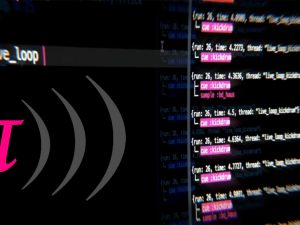Critical Thinking & Problem Solving
- Description
- Curriculum
- FAQ
- Reviews

Critical thinking is the ability to analyze and evaluate information and arguments in a logical and reflective manner. It involves questioning assumptions, examining evidence, and making well-reasoned judgments and decisions. In today’s rapidly changing and complex world, critical thinking skills are essential for navigating the constant flow of information and making informed decisions. In this course, we will explore the concepts and techniques of critical thinking, and learn how to apply them in real-world situations. By the end of this course, you will have developed the skills to think critically and make better decisions in your personal and professional life.
Introduction to Critical Thinking
Developing Critical Thinking Skills
Analyzing Arguments
Decision Making and Problem Solving
Critical Reading and Writing
Action Plan
A step-by-step guide on how to achieve a goal or solve a problem. For example, if you want to plant a vegetable garden, an action plan would include things like buying seeds, preparing the soil, and watering the plants.
Alternative explanations:
different ways to explain something, like looking at a picture from different angles.
Arguments:
A set of statements or reasons given to support or oppose a particular idea or belief. For example, if someone argues that it's important to protect elephants from poachers, they might give reasons such as elephants being important for tourism or for the ecosystem.
Assumptions:
Things that are believed to be true without being proven. For example, assuming that all lions are dangerous without any concrete evidence.
Barriers:
Things that get in the way of achieving a goal, like a wall blocking a path.
Please, login to leave a review




